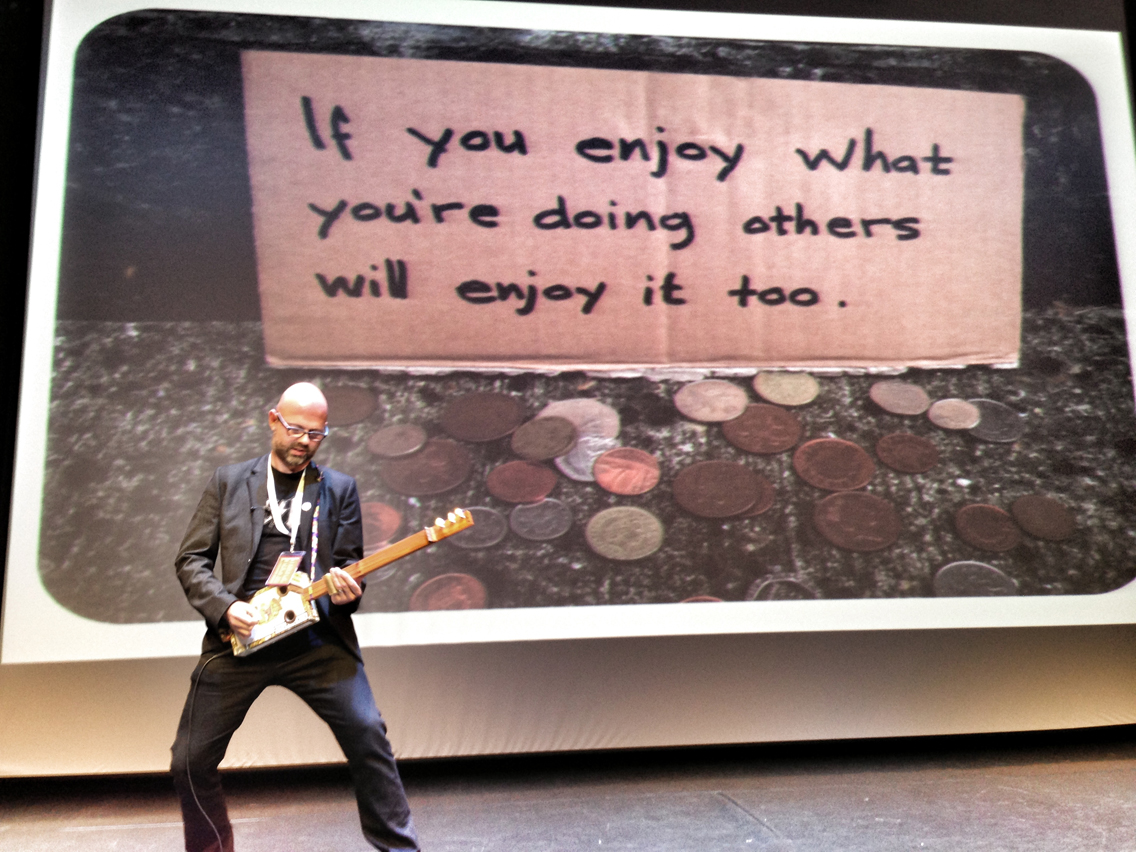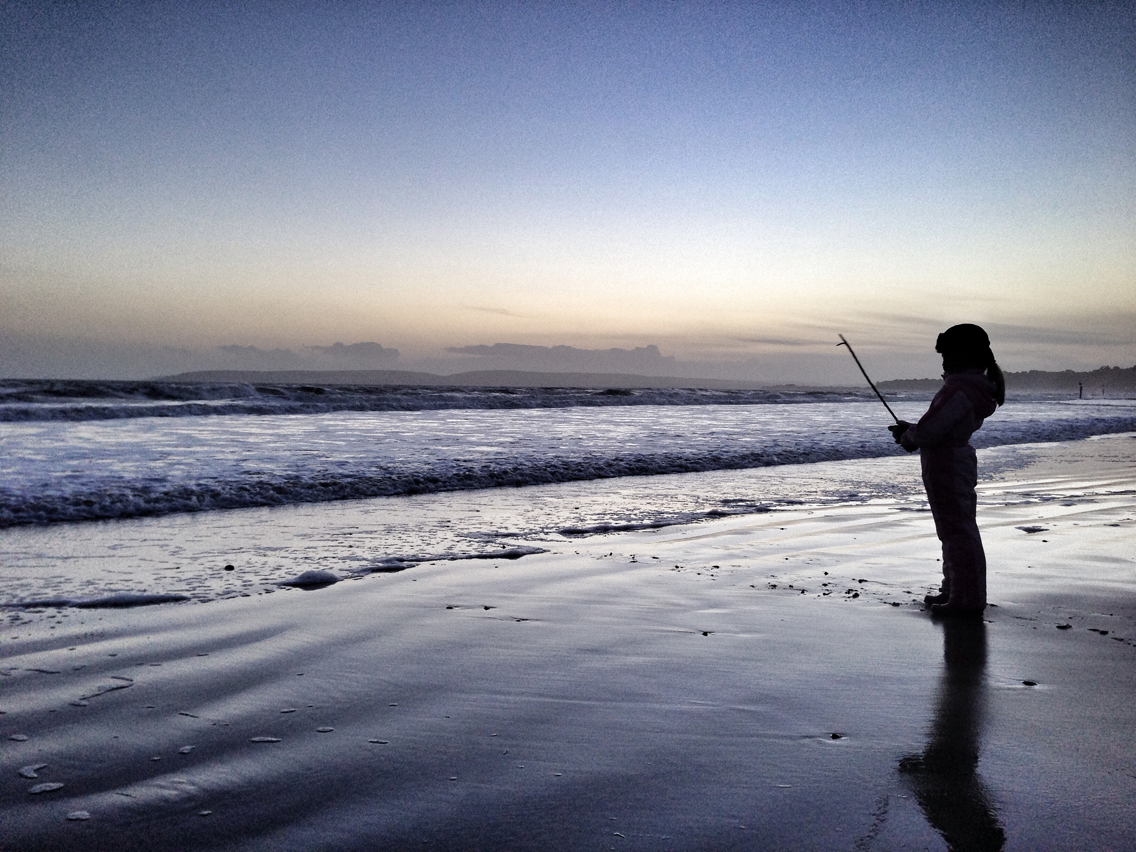There’s virtual gold in them there hills and it’s time to think seriously about where you stand. Are you in or out?
The road to VR nirvana is paved with poor quality content, low res visuals and people claiming they’re the world’s greatest storytellers because they’ve ‘been at this for years’. Well, I’ve got news for you, the future for VR and AR belongs to those with both technical know-how AND creative vision.
If you’re thinking about “seeing how it goes” or if “this VR thing will take off”, think again. We have been gifted an invaluable assessment period in the development of VR and for the past 18 months, this exciting new platform has been in a very public beta.
Designers, developers and ‘tech explorers’ have had access to a number of head mounted displays (HMDs), including the original Oculus Rift (funded by a $2,437,430 Kickstarter campaign) and subsequent DK2 (118,930 global shipments), the Samsung/Oculus Gear VR and numerous Google Cardboard budget headsets for a while.
A few visionaries are starting to put their money in the right places. Recent funding rounds have hit the headlines for JauntVR, NextVR, Reload Studios and self-funded ‘The Void’, a VR theme park. The most notable move came last year when Facebook bought Oculus, the company credited with starting the current resurrection of the Virtual Reality market.
The Oculus PR machine has been busy again today, revealing the final consumer-friendly Rift headset, input controllers and some of the launch titles. I tested the latest developer edition, Crescent Bay, at CES in January and that was a big step forward. Oculus have upped the game yet again with the consumer Rift but it’s not available to test until next week. More to follow…
It’s a stunning piece of kit with accurate head-tracking, a wireless X-Box controller, freestanding desktop motion sensor, built-in 3D stereo headphones and it’s light, very light compared to rivals.
Oculus Founder Palmer Luckey also previewed ‘Oculus Touch, a pair of hand controllers used for more accurate input for digital interaction. They won’t be available when the main headset launches in Q1 2016, but should follow before 2017. Rift Pre-orders begin later this year.
But that’s not all as you’ll still need a PC to run the VR content. Officially, the Rift isn’t for Mac at launch but there have been VR titles in development for Mac since the original DK1 headset arrived in 2013 so they’ll still work, just not through the official Oculus store.
Next week, I’m at E3 (Electronic Entertainment Expo) where the tone will be set with a heavy focus on Virtual Reality as Oculus, Sony, HTC, Samsung, Sulon and Microsoft will all push VR headsets to the frontline in preparation for a very busy 12 months for consumer releases.
It’s these next 12 months that are so important for creative thought, innovative development and targeted investment. If you really want to make an impact, start planning, designing and building now. If you want an unprecedented investment opportunity in a guaranteed platform before it hits the market, it’s time to make your move.
There will always be room for software production houses but in these early days of VR, the spoils will go to those willing and able to push boundaries and do so with quality in mind. I can’t stress strongly enough how exciting this new dawn of VR is.






















